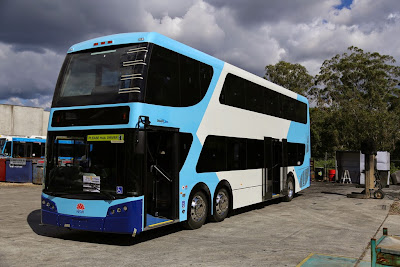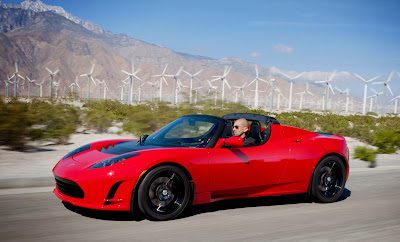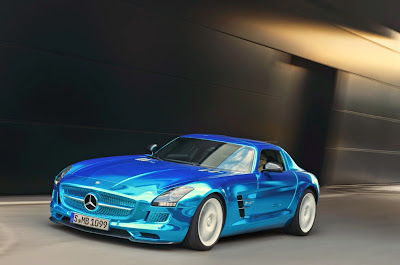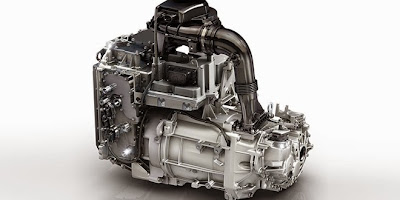Chevrolet today unveiled the all-new 2016 Volt electric car with extended range, showcasing a sleeker, sportier design that offers 50 miles of EV range, greater efficiency and stronger acceleration.
The Volt’s new, efficient propulsion system will offer a General Motors’-estimated total driving range of more than 400 miles and with regular charging, owners are expected to travel more than 1,000 miles on average between gas fill-ups.
“The 2016 Chevrolet Volt provides our owners with a no-compromise electric driving experience,” said Alan Batey, president of GM North America. “We believe our engineering prowess combined with data from thousands of customers allows us to deliver the most capable plug-in vehicle in the industry.”
The 2016 Chevrolet Volt’s technology and range advancements are complemented by a design that blends sculpted, muscular proportions with aerodynamic efficiency, and an all-new interior with seating for five and improved functionality.
Everything from charging the battery and checking the charge status, to the intuitiveness of instrument panel controls were designed for easier use.
“According to independent surveyors, Volt owners are the most satisfied in the industry and they were our compass for developing the next-generation model,” said Batey.
New Voltec propulsion system
An all-new, second-generation Voltec extended range electric vehicle (EREV) propulsion system is the power behind the 2016 Volt’s increased all-electric driving range, greater efficiency and stronger acceleration. It was engineered based on the driving behaviors of first-gen Volt owners.
“Volt owners complete more than 80 percent of their trips without using a drop of gasoline and they tell us they love the electric driving experience. Putting that experience at the center of the new Voltec system’s development helped us improve range, while also making the new Volt more fun to drive,” said Andrew Farah, vehicle chief engineer. “We established a precedent when the original Voltec propulsion system debuted and this newest iteration sets the EV technology bar even higher.”
The Voltec system includes the battery, drive unit, range-extending engine and power electronics.
GM’s industry-leading battery technology has been reengineered for the next-generation Volt. The 2016 Volt will use an 18.4 kWh battery system featuring revised cell chemistry developed in conjunction with LG Chem. While overall system storage capacity has increased, the number of cells have decreased from 288 to 192 as the result of a revised chemistry. The cells are positioned lower in the pack for an improved (lower) center of gravity and the overall mass of the pack is 21 pounds (9.8 kg) lighter.
Like the battery system, the next-generation Volt’s two-motor drive unit delivers increased efficiency and performance along with reduced noise and vibration. The drive unit operates up to 12 percent more efficiently and weighs 100 pounds (45 kg) less than the current system.
Both motors operate together in more driving scenarios, in both EV and extended-range operation. The ability to use both motors helps deliver a 19 percent improvement in electric acceleration from zero to 30 mph (2.6 seconds) and a 7 percent improvement from zero to 60 mph (8.4 seconds). GM engineers designed the Voltec electric motors to use significantly less rare earth materials. One motor uses no rare earth-type magnets.
The 2016 Volt goes on sale in the second half of 2015.
Source: GM
.jpeg)
.jpeg)
.jpeg)
.jpeg)
.jpeg)
.jpeg)






